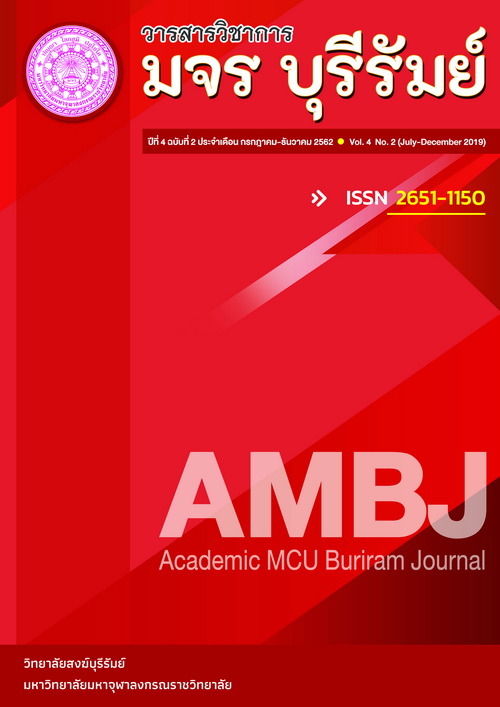A Comparison of the Tranquility (Upekkha) in Buddhism and Wu-Wei in Taoism
Keywords:
Upekkhå, Wu-wei, Buddhism, TaoismAbstract
This article’s aim is to compare Upekkha (equanimity) in Buddhism and Wu-wei in Taoism. The objective is to know the true meaning of both principles. The questions asked where can it be used in any case? Is there the same process or different? Is there a teaching principle or a specific goal in mind when teaching it? According to studies, the teachings of Buddhism and Taoism are based on the Metta (loving-kindness), Karuna (compassion), and Mudita (sympathetic joy) in all beings as well. The principles in Buddhism are quite thorough and methodical. Upekkha has a relationship with other principles and cannot live alone. Its origin must be based on other principles. The content of Wu-wei in Taoism is just a metaphysical doctrine dependent on interpretation. Laozi does not teach the principles of accessing Wu-wei systematically, like the Upekkha, it is taught by Buddha, but the goal of the Upekkha and Wu-wei are the same too. The shared goal is to live together in a normal society by virtue of compassion in many animals, without any prejudices.
Downloads
Published
How to Cite
Issue
Section
License
ทัศนะและความคิดเห็นที่ปรากฏในบทความวารสารฉบับนี้ถือเป็นความรับผิดชอบของผู้เขียนบทความนั้น ไม่ถือเป็นทัศนะและความรับผิดชอบของบรรณาธิการ





